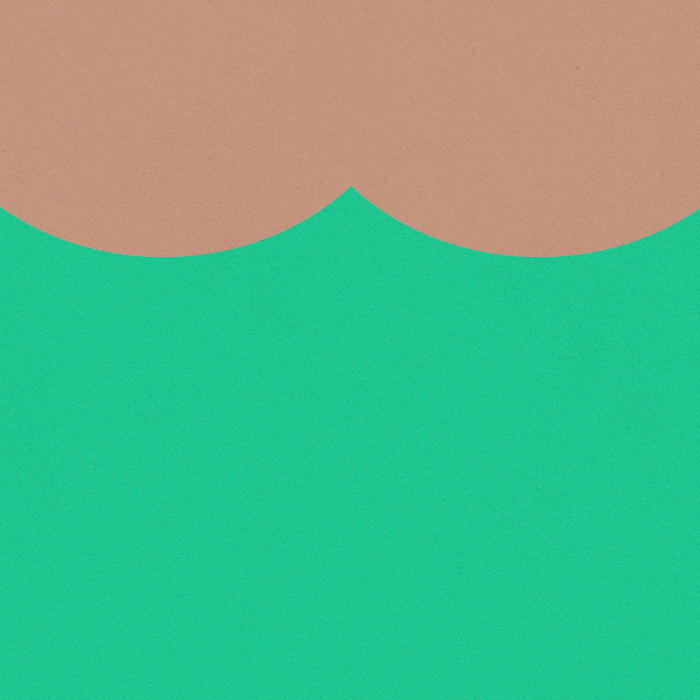

You can, therefore, look up a word more easily than in Japanese or Chinese where in most cases you don’t know where the word ends or begins, or even how to spell it. On top of that, the written system has spaces. You’ll find Hanja only for abbreviation or for stylistic reasons (to save space for example), or in specific professions such as law or medicine. That’s it! The Hanja are not used as much as before nor taught in school anymore. Korean has 24 letters, namely Hanguls, with 14 consonants and 10 vowels.

#POOP WATER SPLASH GIF PLUS#
Yup.īecause of these three “alphabet” systems, you can get away with learning only some of the Joyo kanji plus kana and still be able to understand what you read without going back and forth on your dictionary. For example, a simple kanji like “ 上 ( ue )”, meaning above, can have three ON readings ( jo, sho, and shan) and six KUN readings ( ue, uwa, kami, noboru, agaru, tatematsuru). That said ON and KUN are not limited to just one reading. The ON reading is only used when kanji are combined together. Along with those are the kana, characters for vocal syllables that include 46 hiragana, also derived from Chinese characters but KonMaried to their most minimalistic forms, and 46 katakana (which are mostly there just to make foreigners cringe).Įach Kanji also have two different readings: the ON-yomi, from Chinese origin, and the KUN-yomi, purely from Japanese origin. An easy way to know when you should use which is to remember that KUN readings are usually used when the word is alone or combined with kana. On the other side of the sea, there are 2,136 commonly used Kanji characters in the Japanese language, called the Joyo kanji which are derived from Chinese Hanzi. You have to learn each of the 7,000 characters one by one to be able to navigate the Chinese world efficiently. The Hanzi is a collection of more than 7,000 characters you’ll use for everything (if you exclude the variations and ancient forms written in old books that make the total number over 100,000 characters). It literally means the characters of the “Han,” the most powerful ethnic group at the time when China began to export its culture beyond its borders. Hanzi is the derivative Chinese term for Kanji and Hanja. No, these are not the names of The Three Musketeers translated into Japanese but the labels for logograms-characters that symbolize a phrase or word-respectively in Japanese, Korean and Chinese. Luckily I made it out of that linguistic black hole with a few ideas on which one is easiest that I’m going to share with you. They’ve got to be pretty similar, right?Īs it turns out.

My genius solution? Study Korean, Chinese, and Japanese at the same time. I was stuck between my Japanese major (or at least the end of it), barely keeping up with three years of Chinese study so that I could make something of my life AND indulging myself completely in shiny new K-culture. My weeaboo-ism, combined with the stress of learning Japanese “the hard way” (aka you must score 100% on all exams otherwise the rest of your life is pretty much doomed), mutated into a koreaboo-ism because of it. Many high schools in France, including mine, offered it as an “extra-foreign” language.īecause I was in a weeaboo denial phase, convincing myself that I liked “Asian culture in general” and not just the Japanese one, I chose to study Chinese for my whole three years of high school in the hopes that it would prepare me for my ultimate weeb goal: study Japanese at university-which I did next.Įverything was going fine until a third element joined the group: the Hallyu or Korean culture wave which spread K-pop, K-beauty, and K-drama all over the world. Chinese, on the other hand, was marketed as THE language of opportunity. At that time back in 2006, Korean or Japanese weren’t really popular languages. Like the majority of people attracted to Japan’s culture, I grew up with manga and anime.


 0 kommentar(er)
0 kommentar(er)
